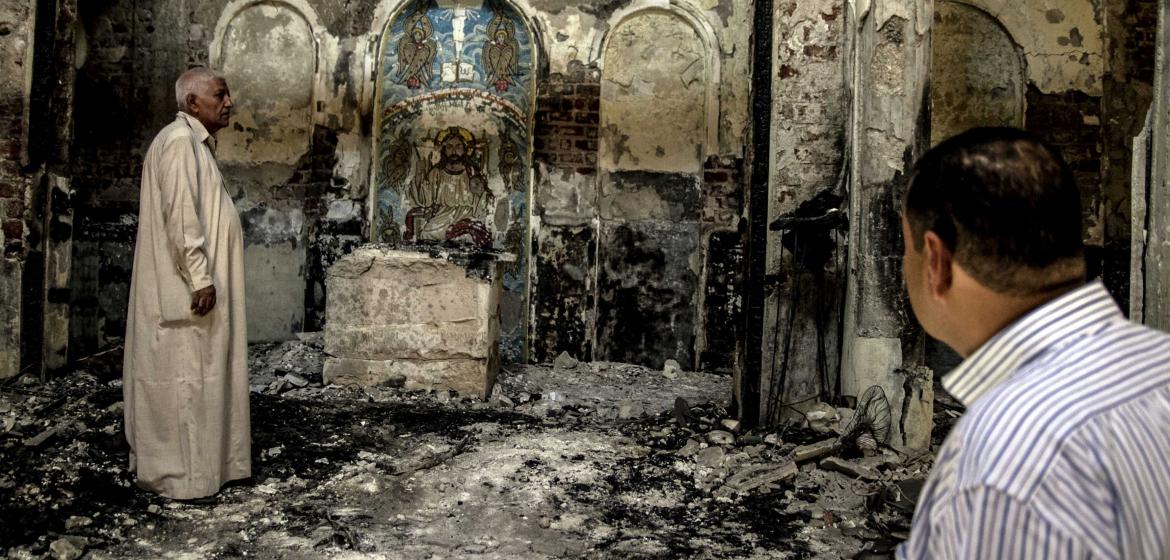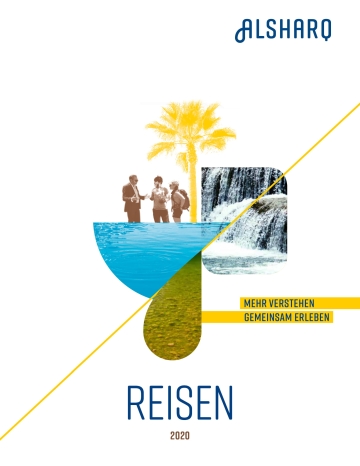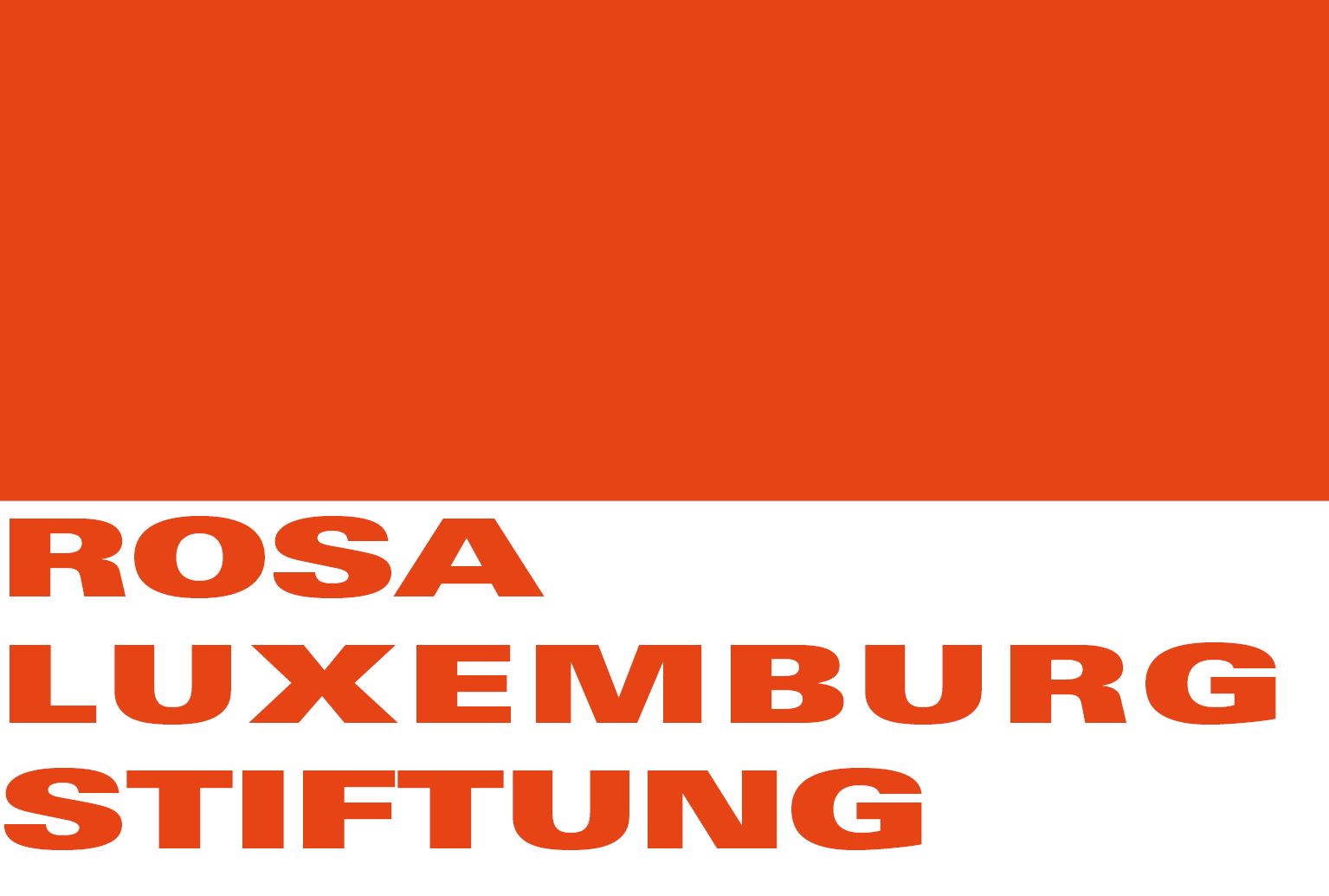Coptic Christians were violently attacked throughout Egypt following the police crackdown against Morsi supporters in Greater Cairo on August 14. Several people were injured and some murdered, while churches, homes and businesses were looted and burned. Egyptian Photojournalist Roger Anis has documented the violence in Upper Egypt. 

Roger's collection of photographs from the area can be found here.
On August 14, the Egyptian police, on orders of the military-backed government, dispersed mass sit-ins of Islamist Muslim Brotherhood supporters in Greater Cairo. There had been ample discussion in the streets before about whether or not the protests should be dispersed and what consequences a removal could have for the Coptic Christians in the country. Christians had been subject to some violence just after President Morsi had been ousted and many Copts felt a latent and rising threat from Islamist forces.
Sectarian rhetoric accompanied the Islamists’ protests as a number of prominent clerics had spread slogans and writings inciting followers against the Christian “infidels.” Anti-Christian sentiment was fueled when the Patriarch of Alexandria, Pope Tawadros II, made public appearances with key figures of the new military government, among them the Sheikh of Al-Azhar and Defense Minister General Abdel Fattah al-Sisi. Muslim Brotherhood supporters subsequently accused the Copts of backing what they consider a coup against a legitimate government.
The Pope sided with the new government – and became partisan
When the pro-Morsi demonstrations in Cairo were violently dispersed, some Islamist demonstrators also turned with violence against Coptic Christians and Coptic institutions. Attacks occurred mainly in peripheral Upper Egypt and suburbs of Cairo, where poverty is very high and gravely insufficient education leaves the majority of people with little opportunities. Sectarian tensions have long been on the rise there and radical Islamist conviction is particularly popular.
Just hours after Islamist demonstrators were suppressed and dispersed in Nasr City and on Nahda Square in Cairo on August 14, the first reports of sectarian violence against Copts appeared on the internet. Citizens uploaded videos and pictures from their mobile phones, countering the blind eye that the mainstream media turned on the events.
At the end of the day, Copts in eight provinces were left with their houses, churches and businesses looted and burning. In total, 40 churches were set on fire, most of them in the governorate of Minya in Upper Egypt.
In Minya, the landmarks of my childhood were destroyed
Minya happens to be my hometown. And while – thank God – no one was killed in my own church and school, two people of other neighborhoods were killed in Minya that day. Also, the material losses are huge. The landmarks of the Christian community there, landmarks of my childhood, were completely destroyed in the attacks. I know, they can be rebuilt, but these places and walls and the stories they represent mean so much more to us.
As a photojournalist, I decided to go to Minya and neighboring villages to cover the incidents, knowing that the media were kept busy with what happened elsewhere in Egypt, especially in Cairo. While feeling sorrow for the destruction of property of Copts and working to document it, my thoughts were always also with those, who lost people close to them, be it on the side of Islamists or police.
Thugs do their part, but the rhetoric of hate is Islamist
The attacks on Christian institutions erupted in the tense atmosphere of marches and demonstrations, with individual Islamists starting to chant sectarian, anti-Christian slogans, calling the Christians “infidels” and the Pope a “traitor”. Churches were marked with the letter X for later destruction. I am convinced though, that the hatred and violence was initiated by a few individuals. Many of the demonstrators at Islamist marches did not and do not accept such violence against the Copts and did not participate in the attacks. The actual beliefs and actions, however, are difficult to overlook, as both direct and indirect threats against the Copts are common occurrences in marches and speeches.
Many Christian witnesses of the looting and destruction told me that Islamists were present and initially participated, but left the field to common thieves and thugs as soon as the chaos was initiated. In one church in Minya, property continued to be stolen even three days after the attacks and the arson. But even if not all the blame for looting is on Islamists, it is them and their verbal and physical incitement that provokes violence and theft.
General security is a great issue in Egypt where poverty and desperation runs so high. But sectarian violence and attacks are the consequence of incitement and speeches of hatred. In this, the responsibility lies with the Islamists.
Roger Anis, 27 years old, works as a photojournalist for the Daily Shorouknews. You can follow Roger on Twitter – rogeranis – and visit his website – www.rogeranis.com

















